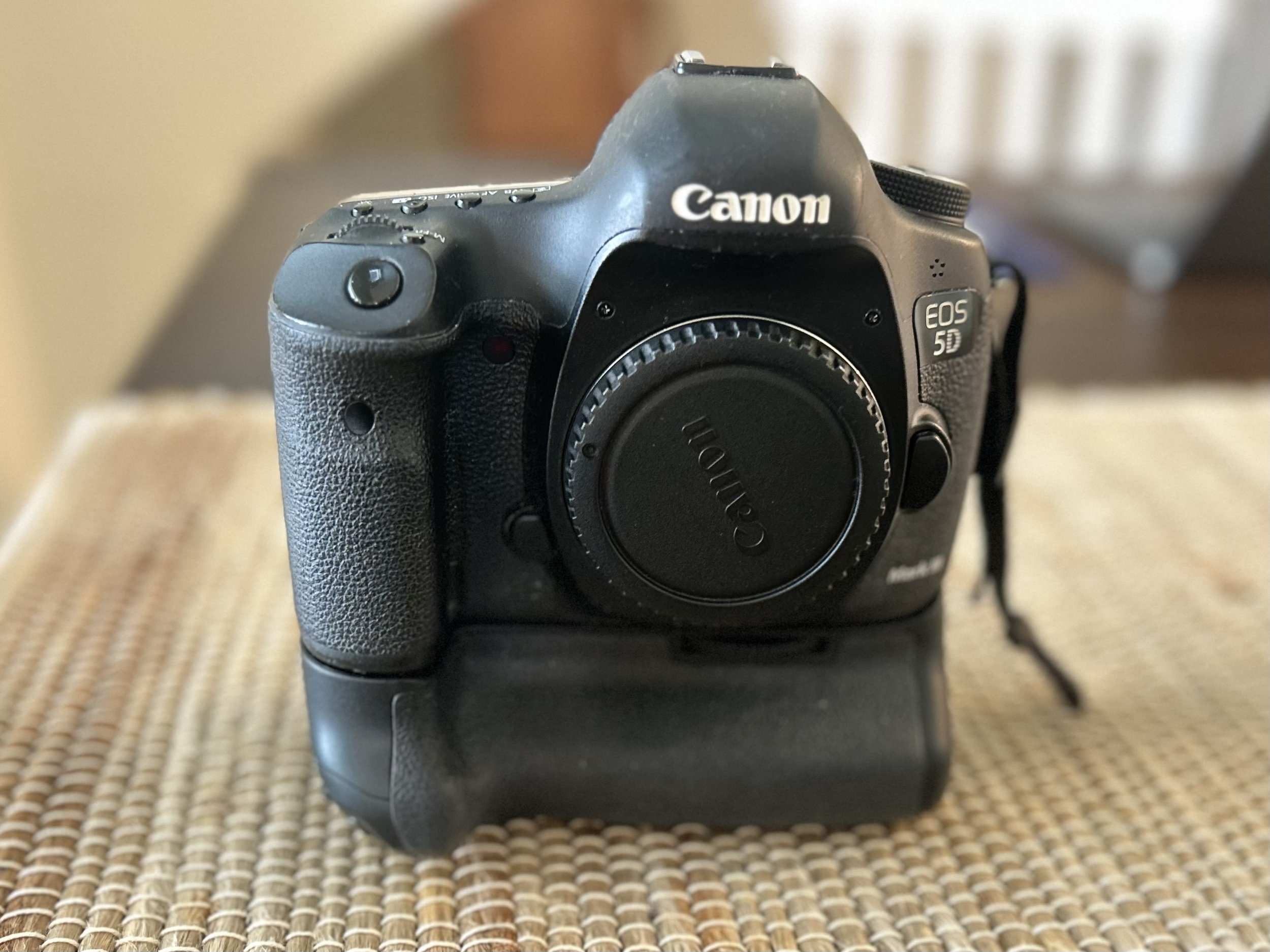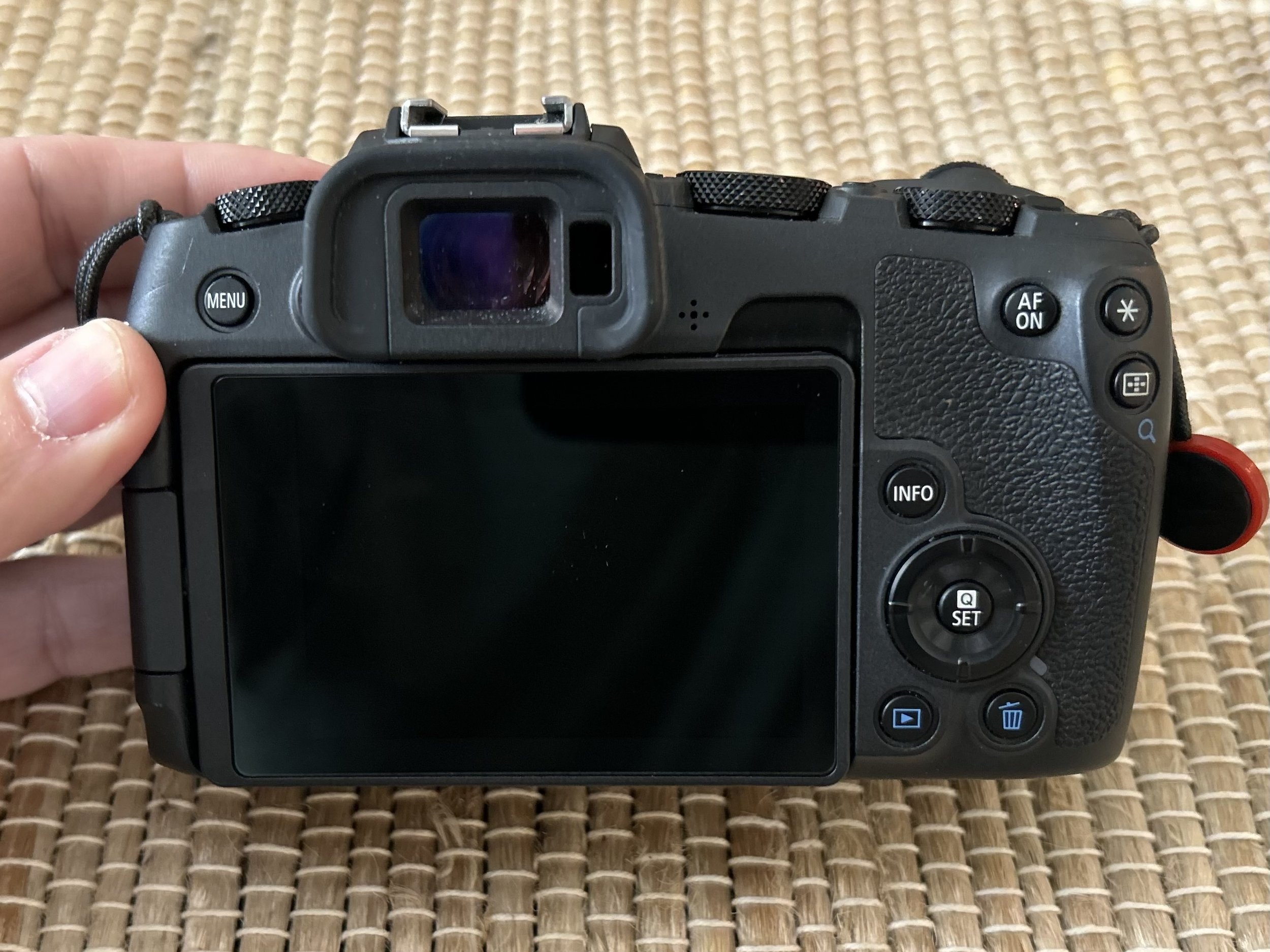Canon EOS RP vs. Canon EOS 5D Mark III – A Hands-On Comparison
I recently received a Canon EOS RP from KEH Camera for a review and comparison against my trusted Canon EOS 5D Mark III. As soon as it arrived, I was eager to put it to the test. The EOS RP is widely known as Canon’s budget-friendly entry into the mirrorless lineup, and to make the transition smoother, I also got an EF-to-RF adapter to continue using my existing DSLR lenses.
After spending time shooting with both cameras, I’ve noticed some key differences. For the sake of this review, I’ll refer to them as the "Mark III" and the "RP."
The Mark III, released in March 2012, is a professional-grade DSLR known for its durability and exceptional image quality. Its weather-sealed body is great for shooting in challenging conditions like rain or snow. However, it is large and heavy, especially with the battery grip attached—something I use for portrait orientation and extra battery life.
At 22.3 MP, it was my first full-frame sensor, and it has delivered some of my best work. I’ve used it for paid family shoots and even won 2nd place in a local art gallery competition with this camera. However, despite its reliability, there were some limitations that had me considering an upgrade—enter the RP.
The RP is the complete opposite of the Mark III in terms of size—compact, lightweight, and easy to handle. It took me a little time to adjust to the new mirrorless controls, but after a few shots, I felt right at home.
Some of the biggest improvements I noticed include:
Higher resolution – The 26.2 MP full-frame sensor (4 MP more than the Mark III) provides slightly more detail.
Fully articulating LCD screen – Unlike the fixed screen on the Mark III, the RP’s screen flips out and rotates, making it much more versatile for different shooting angles.
Real-time exposure preview – The electronic viewfinder (EVF) allows me to see exactly how my settings affect the image before I take the shot—something the optical viewfinder (OVF) on the Mark III doesn’t offer.
Eye and head tracking AF – The RP’s autofocus system includes head and eye detection, which helps keep portraits tack sharp.
Customizable control ring – Using the EF lens adapter, I can assign a function to the programmable ring—I chose to control ISO, making adjustments seamless while shooting.
The EF-to-RF adapter is a fantastic solution for photographers like me who already own EF lenses and don’t want to immediately invest in expensive RF lenses. While RF lenses have a programmable control ring, the adapter itself allows me to add that functionality to my existing glass.
When it comes to video, both cameras shoot 1080p at 60fps, which is more than adequate for my needs. The RP does record in 4K, but with a crop factor and poor stabilization, making it less ideal for handheld video work.
Comparing images side by side, I found that the RP has a slight edge in sharpness, but only when zooming in at 200% magnification. In real-world use, both cameras deliver exceptional image quality.
So, which one will I use more? The RP. Its compact size and advanced features make it easier to carry, especially when paired with a 50mm lens. That said, the Mark III remains a fantastic professional DSLR, and despite its age, I can’t bring myself to part with it just yet.
A huge thank you to KEH Camera for sending me the Canon EOS RP—this camera is truly a blessing, and I’m excited to see where it takes my photography next!







